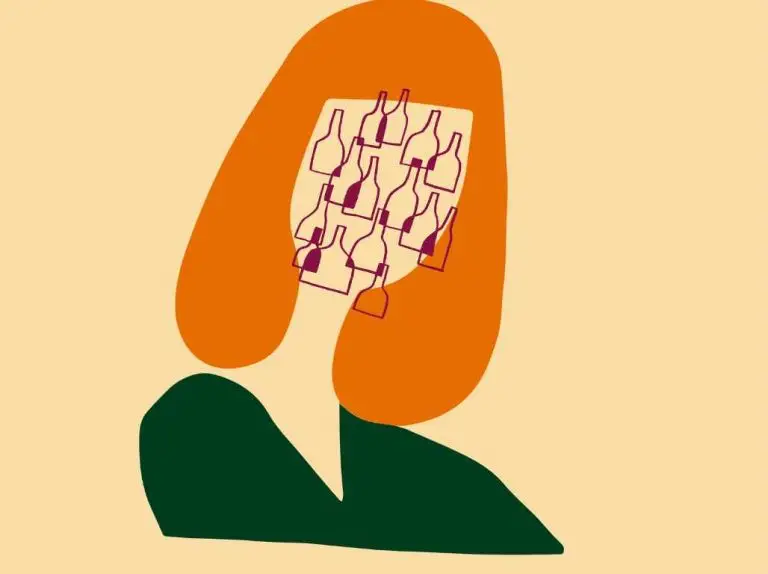Grey Area Drinking What To Know When It’s Not Clear
In the complex landscape of alcohol consumption, the term “grey area drinking” has emerged to describe a drinking pattern that falls between moderate, social drinking and more severe forms of alcohol misuse. In this blog post, we’ll delve into what grey area drinking entails, explore its nuances, and discuss its connection to binge drinking and functional alcoholism.
Defining Grey Area Drinking
Grey area drinking is characterized by a drinking pattern that is not easily classified as casual or problematic. Unlike moderate drinking, where individuals consume alcohol responsibly and without negative consequences, and unlike severe alcohol misuse, grey area drinking represents a middle ground where the line between social drinking and potential concerns becomes blurred. Here are some of the signs.
Inconsistency in Consumption
Grey area drinking often involves inconsistent patterns of alcohol consumption. Individuals may go through periods of moderate drinking, followed by episodes of more excessive intake. This inconsistency can make it challenging to identify a clear pattern of alcohol use.
Binge Drinking Episodes
Binge drinking is a common element of grey area drinking. Defined as consuming a large quantity of alcohol within a short period, binge drinking can lead to various health and safety risks. Understanding the triggers and circumstances that contribute to binge drinking episodes is crucial in addressing grey area drinking.
Functional Alcoholism Traits
While not synonymous with functional alcoholism, grey area drinking may share some traits with this concept. Functional alcoholism refers to individuals who maintain outward appearances of normalcy while struggling with alcohol dependence. Grey area drinkers may exhibit functional behaviors but still experience negative consequences related to their alcohol consumption.
Difficulty Identifying a Problem
One of the challenges with grey area drinking is the difficulty individuals may have in recognizing that their drinking patterns could be problematic. Since it doesn’t fit neatly into the categories of casual or severe drinking, individuals may dismiss or downplay the potential risks associated with their alcohol use.
Grey Area Drinking: Connection to Binge Drinking
Grey area drinking and binge drinking often intersect, as binge drinking episodes are a notable feature of the grey area drinking pattern. Binge drinking poses serious health risks, including alcohol poisoning, accidents, and an increased likelihood of developing alcohol use disorders. Understanding the connection between grey area drinking and binge drinking is crucial for implementing targeted interventions and support.
Connection to Functional Alcoholism
While not interchangeable, this kind of drinking shares similarities with functional alcoholism. Both involve individuals who may outwardly maintain a semblance of normalcy while grappling with problematic drinking behaviors. Recognizing these traits is essential for identifying those who may need support in managing their relationship with alcohol.
Tips for Addressing Grey Area Drinking
Self-Reflection
Encourage individuals engaged in grey area drinking to engage in self-reflection. Assessing the impact of their alcohol consumption on various aspects of life, including physical health, relationships, and overall well-being, can be a critical first step in acknowledging potential concerns.
Open Communication
Foster open and non-judgmental communication. Creating a safe space for individuals to discuss their drinking patterns, concerns, and goals can pave the way for constructive conversations about potential changes.
Professional Assessment
Seeking professional assessment from addiction specialists or mental health professionals can provide valuable insights. Professionals can help individuals understand the risks associated with their drinking patterns and guide them toward appropriate interventions.
Setting Boundaries
Establishing clear boundaries around alcohol consumption can be an effective strategy. This may involve setting limits on the number of drinks per occasion, designating alcohol-free days, or avoiding triggers that lead to binge drinking episodes.
Support Systems
Building a strong support system is crucial. Friends, family, or support groups can offer encouragement, understanding, and accountability. Connecting with others who have faced similar challenges can provide a sense of community and shared experiences.
Learn More About Grey Area Dinking
This kind of drinking challenges traditional classifications of alcohol consumption. Recognizing its unique features, understanding its connection to binge drinking and functional alcoholism, and implementing targeted strategies for support are essential steps in addressing this nuanced drinking pattern. Our drug rehab in Thousand Oaks stands ready to provide expert assistance, offering comprehensive support for individuals navigating the complexities of grey area drinking. Remember, seeking help is a proactive step toward a healthier relationship with alcohol and a brighter, more balanced future.
More Articles About Drinking
What Are The Signs Of Problem Drinking
Sober Approach To New Year’s Resolutions





















